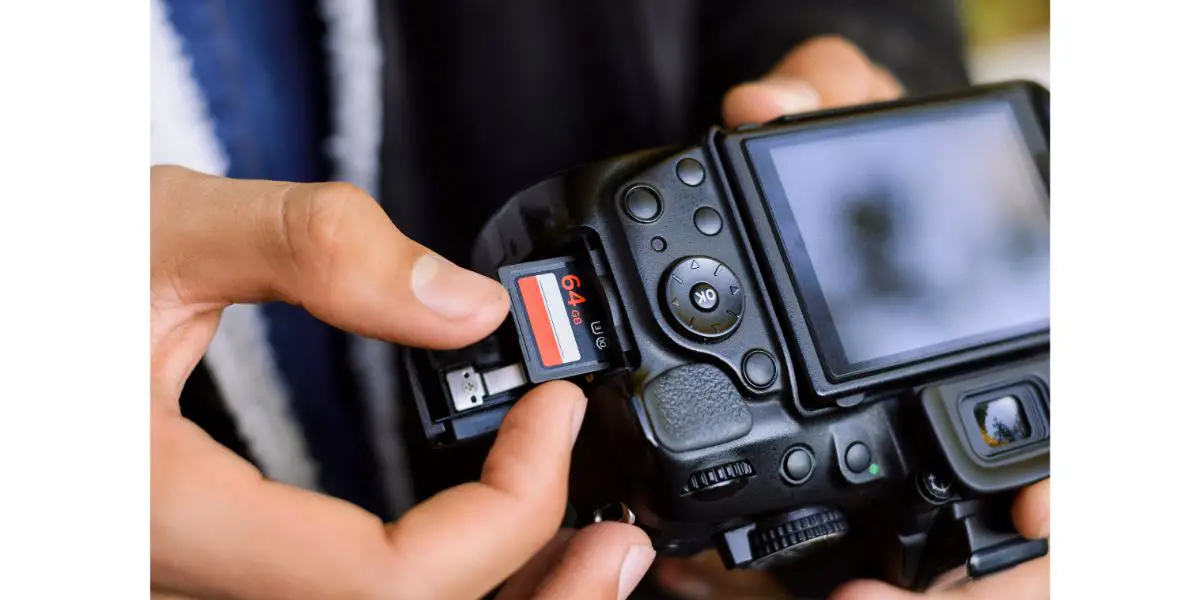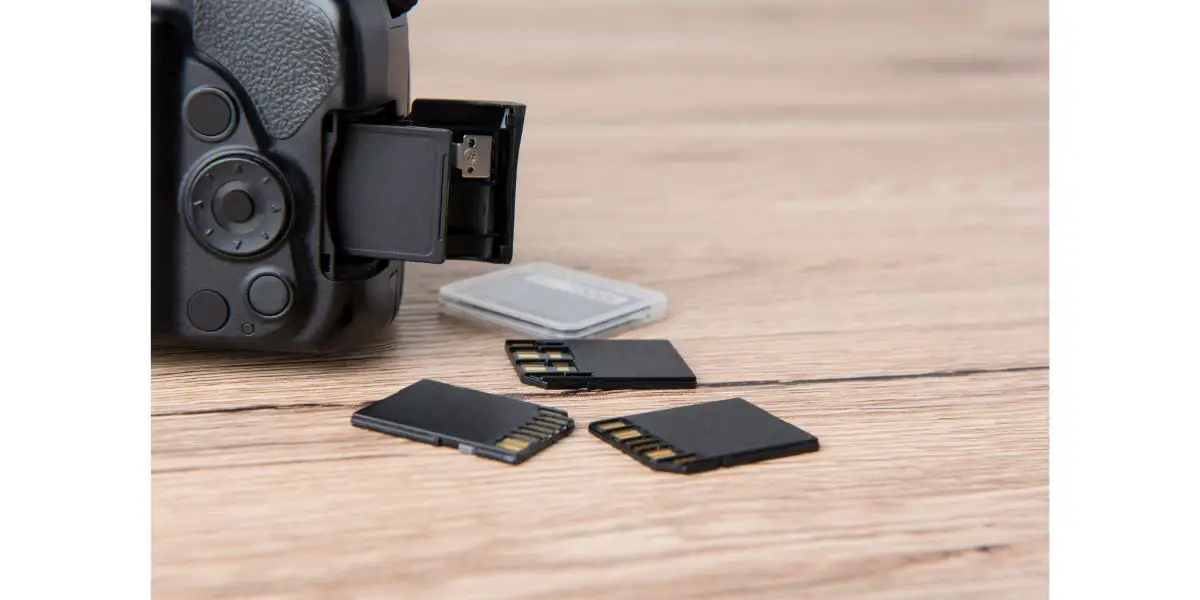Disclaimer: This post may contain affiliate links, meaning we get a small commission if you make a purchase through our links, at no cost to you. For more information, please visit our Disclaimer Page.
Memory cards have many uses. Although their original purpose was to store digital photos, we now use them on almost all devices, from computers to game consoles. They are even available in different sizes and can hold gigabytes of data.
Despite the myriad of data it can hold, SD cards are still popularly used as storage media for pictures. And those who use memory cards for that purpose often wonder if they affect the picture quality.
In this article, we will explore the possible answers to that question. Further, we’ll talk about other factors you should consider when buying a memory card for professional photography. Finally, we will also discuss why some photographers keep multiple memory cards at any given time.
Table of Contents
Do Memory Cards Affect Picture Quality?
Primarily, nothing about a memory card should affect the image’s quality. Instead, image quality has much more to do with the camera’s quality and build.
It might be helpful if we touch on how a memory card records its data. Memory cards record binary data. Once the camera writes information to the card, the storage media processes a series of numbers that it can reconstitute into images when you view or transfer the files.
However, this doesn’t mean that card quality is irrelevant in photography. Instead, it only illustrates that the specific resolutions or clarity levels you might deal with have nothing to do with the SD card.
We will examine how the memory card might matter in the next section. But in this section, we will discuss other elements that might impact the quality of your pictures. As with almost any industry, the tools you use affect how well the results turn out.
Aside from the camera, skill or technique impacts picture quality. But, of course, a high-end camera has more features and capabilities than a model on a lower tier. Moreover, a good camera has many features you can tweak to get the image right.
One of the significant things the camera will do is adjust the light levels around your subject. Light is an essential aspect that alters the overall quality of every picture you take. Although good photographers will learn how to deal with light in different environments over time, having a decent camera is invaluable.
Does the Memory Card Matter in Photography?
Yes, the memory card you buy might matter to your photography needs. Our previous section outlined why the memory card brand or model is irrelevant to the image quality.
However, that doesn’t mean you should choose any SD card you see. On the contrary, getting a card from a reputable brand is advisable. Most mid-range SD cards should work fine, and you can pick up an extra card for image storage at a relatively low price.
We mention the quality and build of the SD card because few things about this accessory matter until it fails. If they fail while doing your job, you risk losing it because the card will no longer read and store the image data.
In fact, this could happen without you even noticing that there is a problem. However, if it persists, you can lose a lot of time invested in a particular job. Therefore, ensuring you get cards with good reputations from people in the business is vital.
Even high-quality cards fail, so we recommend running some tests on any new cards you buy. Place the card in your camera and take a few test photos to ensure it works.
It may be best to do this multiple times. Insert and remove the card several times to ensure it can handle things. Take photos in different modes, using various features when you do so.
Also, ensure that the card is fast enough to handle writing the data as soon as you take a picture. The writing speed of an SD card can be a crucial factor in professional photography.
In many cases, photographers should take several photos of the same subject in rapid succession. These bursts of images happen very quickly, and the camera will make a stack of these images in its buffer.
The device then transfers these images to the card as fast as possible. And the maximum write speed of the storage media is one of the biggest things that will affect this transfer. So, in general, a faster card decreases this buffer time.
Even utilizing all the features on your camera may require an SD card with a minimum write speed. Some camera modes depend on a card’s write speed to work. If your card isn’t up to the task, you’ll get an error message when you try to switch modes on the camera.
Why Do Photographers Have So Many SD Cards? (3 Reasons)
Most professional photographers will probably use several SD cards on any given job. There are a few reasons they might go with this approach.
1. Storage Capacity
Although many companies manufacture SD cards with several gigabytes of space, you’ll be surprised to see how quickly high-resolution photos can take up space on a single storage unit.
Most photographers want to take the best high-resolution photos they can manage. It can fill up the storage media with images before they complete a particular job.
Many photographers carry several large SD cards to ensure they can satisfy each client’s requests for the day. Doing so ensures that they won’t run out of space before they have a chance to complete their work and transfer the photos elsewhere.
2. Backups
One of the fundamental principles of data storage is not keeping your data in a single unit. If you only have your data in one place, damaging, losing, or getting your data stolen is highly likely.
On the contrary, saving photos over several SD cards can help a professional create backups of the same data for possible loss scenarios. Indeed, many digital cameras today have slots that allow you to insert more than a single card at once. Moreover, it gives you the option to create backups automatically.
3. Redundancies
Photographers will highly likely swap between several memory cards as they take photos. They may do this even when one card is not yet full.
The reason behind this tactic is redundancy. By switching cards several times, a photographer mitigates how much data they might lose if one card has a problem. If one stops working, they still have some of their work on another card.
Is It Better To Have Multiple Memory Cards or a Single Large Memory Card?
On balance, it is better to have several cards for photography. A single card with a lot of memory might be a more convenient option for some people. However, it has many risks, which we’ve outlined above.
Conclusion
SD memory cards seem to have little impact on the quality of the digital photos you might take. However, they are still essential pieces in the world of professional photography.
If you want to try photography or hone your skills, get one from a reputable brand with fast read/write speeds. Also, try to pick up and switch between several cards to keep your data safe.


